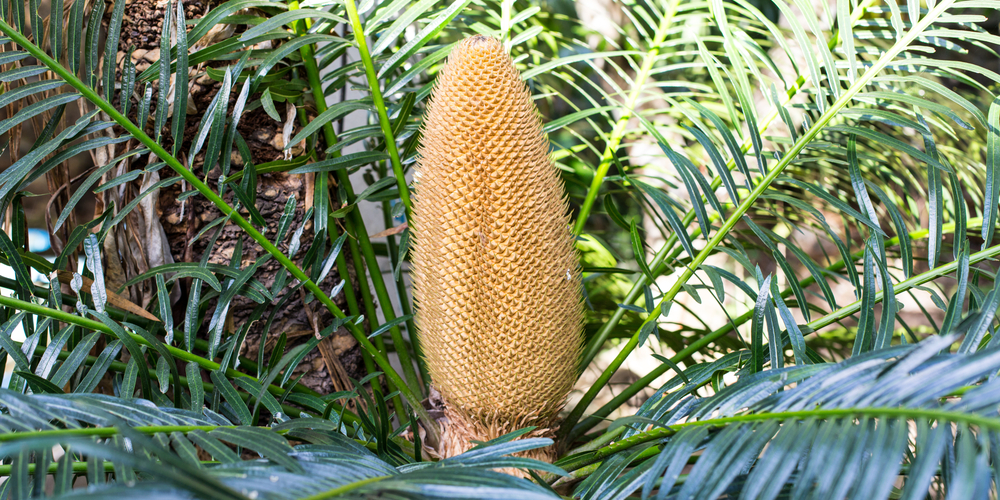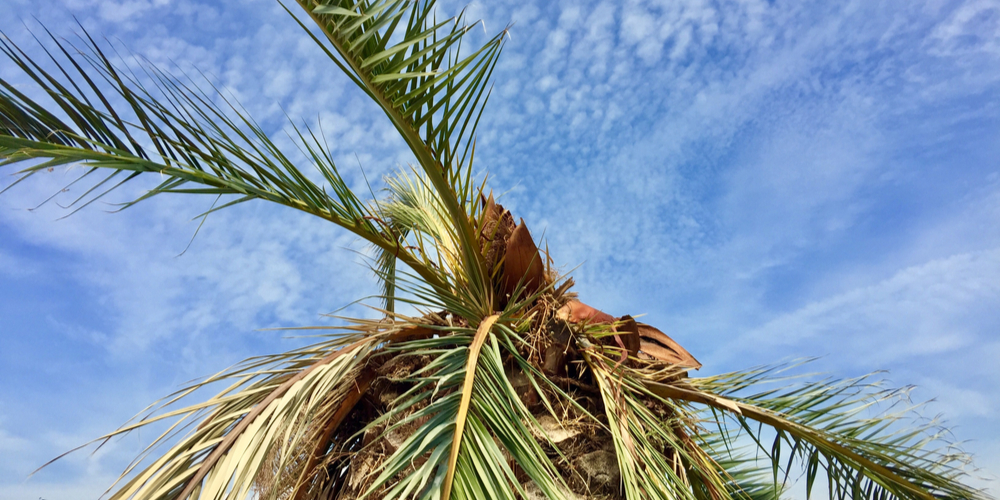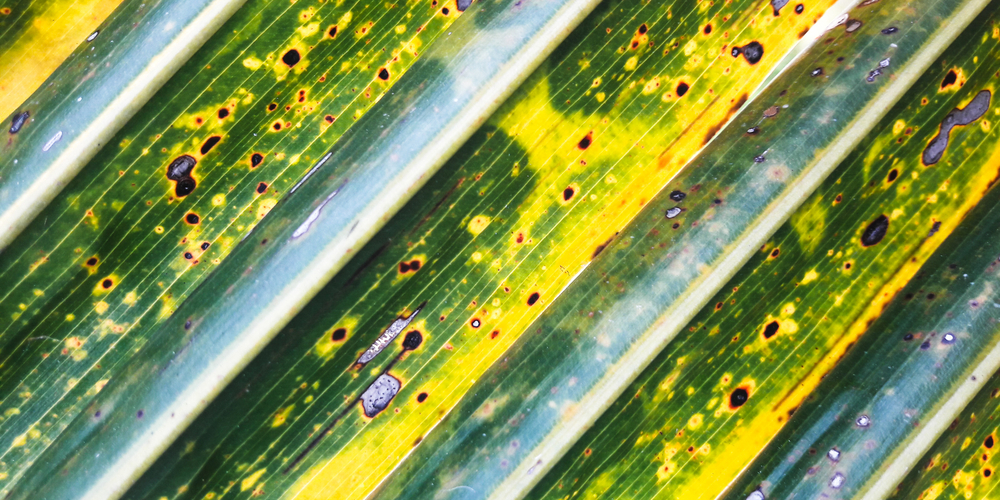Having a palm tree on your property is a great way to add to the aesthetic appeal of your property, which is why home and property owners will always keep a keen eye on the health and wellbeing of their trees. While the trees are relatively hardy, especially once they are past their early developmental stages, plenty of parasites, diseases, and conditions might negatively affect their growth, if not kill them outright.
A common cause of concern for palm tree owners is the sight of unfamiliar growths appearing on the surface of the tree. In this piece, we’ll be taking a look at some of the most commonly visible growths and conditions that might appear on your tree, what might be causing it, and what, if anything, you can do about it.
Let’s dive right in.
What is Growing Out of My Palm Tree?: Pollen and Seed Cones

The most common answer to the question facing us here is that many palms and cycad breeds will produce fruiting cones once they reach reproductive maturity. Fruiting cones are the organs that facilitate the propagation of these plants, and you can usually tell the sex of your plant depending on the size and features of the fruit or seed cones.
These structures emerge from the center of the plant’s frond and can grow to significant proportions. They are typically brown in male trees and more brightly colored in female examples (yellow or green). For those unfamiliar with the sight, there is nothing to worry about. It simply means that your tree is ready to reproduce, although you won’t have any reproduction taking place unless you have male and female trees on your property or somewhere nearby.
Most people decide to take these growths off, as the female seeds, especially, can be toxic to pets or children who unknowingly ingest them. Simply take a knife and cut them off at the point where they meet the tree or snap them off barehanded.
Ganoderma Butt Rot Conk
Ganoderma butt rot is a disease that afflicts palm trees, although it is mainly encountered in more mature trees past 15 years. It is caused by the fungus known as Ganoderma zonatu, which is notorious for its havoc among various palm tree species.
Once it attacks your plant, it will first cause its fronds to collapse and assume a downward orientation while stifling new growths and giving new fronds unhealthy, yellowish-green coloration. The tree’s outer trunk might also exhibit symptoms of infection in the form of conks, which are white spongy growths that play the role of producing more spores of Ganoderma that may go on to infect surrounding trees.
Now, these conks can be rather disturbing sights, as they may signify deeper rot inside the tree trunk and can lead to more widespread infection throughout your palm tree population. To manage an outbreak of Ganoderma butt rot, you will need to remove any dead palm trunks, root systems, or stumps in the area and refrain from planting new trees near the infested area.
Graphiola Leaf Spot or False Smut
The Graphiola species of fungus is a well-known cause of infection in palm trees, especially in areas that experience high humidity levels. Luckily or unluckily, it only affects trees belonging to the Arecaceae family of palms. These include the pindo palm (Butia capitata), Washington palm (Washingtonia robusta), sabal palmetto (Sabal palmetto).
This infection can be identified by the eruption of small, black structures similar to warts growing out of the surfaces of the leaves. From these wart-like structures, tiny white filaments may be observed growing outwards.
Prevention is better than cure here. Avoid having your palm trees planted too close together on your property so that air circulation may counteract the effects of high humidity and prune infected fronds from the tree to prevent cross-infection. If you feel the need to use a fungicide, be sure to use one that has copper as an ingredient for best results.
What is Growing Out of My Palm Tree?: Final Thoughts
A little knowledge goes a long way when it comes to palm trees. While any unfamiliar sight or growth should be investigated, they are not always a cause for concern. Do a bit of research or ask any other palm tree owners you might be in contact with should you have any questions. Remember that there are various types of palm tree breeds growing within the United States, so be sure you know which particular type you’re dealing with. All in all, best of luck with your palm tree!
Related article: How fast do palm trees grow?

